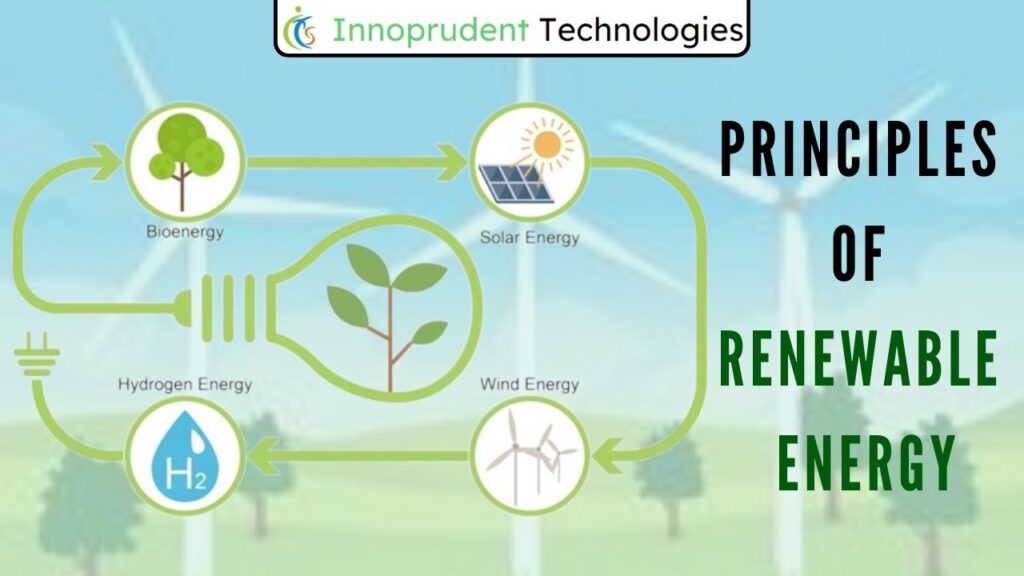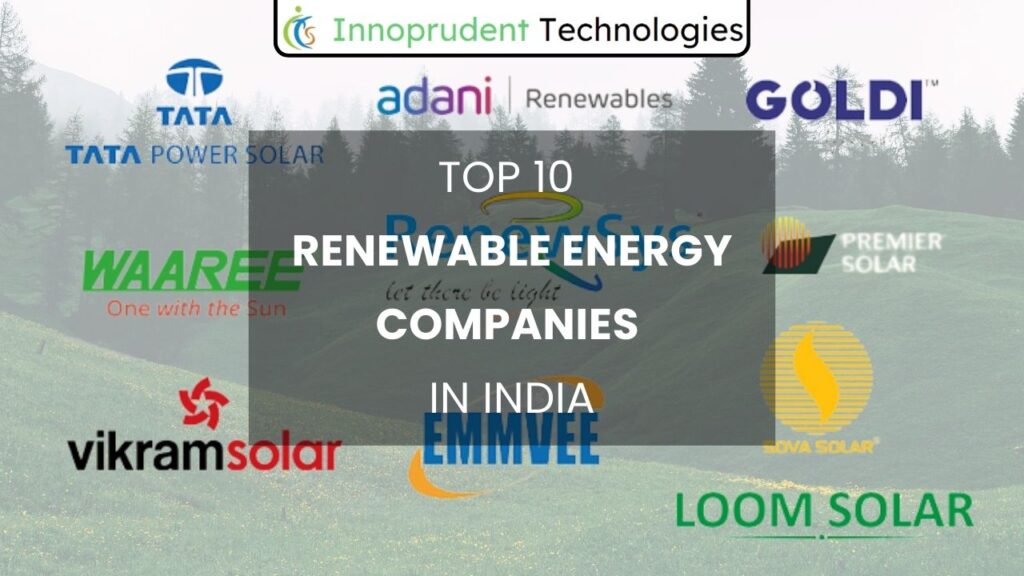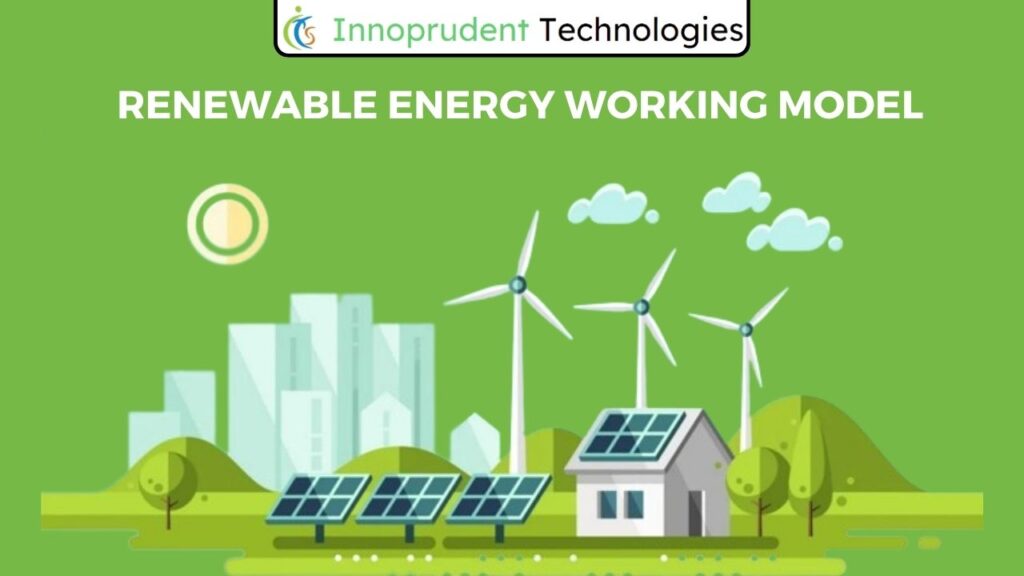In a world increasingly concerned about the environmental consequences of burning fossil fuels, renewable energy stands as a shining beacon of hope. These energy sources, derived from the natural processes of our planet, offer a clean, sustainable, and responsible alternative to traditional energy production.
In this article, we will explore the principles of renewable energy, examining why they matter, how they work, and their significance for a cleaner, more sustainable future.
key principles of renewable energy:
Sustainability:
The most fundamental principle of renewable energy is sustainability. Unlike fossil fuels, which are finite and non-renewable, renewable energy sources are derived from processes that occur naturally and can be replenished indefinitely. Let’s take a closer look at some of the key renewable energy sources that embody this principle:
- Solar Power
Solar power harnesses the energy of the sun, which is a perpetual source of light and heat. Photovoltaic (PV) cells, commonly known as solar panels, convert sunlight into electricity. This technology enables us to tap into the sun’s energy day after day, without depleting this incredible resource.
- Wind Energy
Wind turbines capture the kinetic energy of the wind and convert it into electricity. Wind is a naturally occurring phenomenon driven by temperature differences in the Earth’s atmosphere. As long as the sun shines and the planet rotates, we will have wind, making wind energy a truly sustainable choice.
- Hydropower
Hydropower, or hydroelectricity, utilizes the kinetic energy of flowing water to generate electricity. This energy source relies on the water cycle, where water evaporates, forms clouds, falls as rain or snow, and flows back to rivers and oceans, continuously replenishing itself.
- Biomass
Biomass energy comes from organic materials such as wood, crop residues, and even municipal solid waste. These materials are continually produced by the growth of plants and trees, making biomass a renewable energy source.
- Geothermal Energy
Geothermal energy taps into the Earth’s internal heat, which originates from the planet’s formation and the radioactive decay of elements. This heat is virtually inexhaustible and can be used for heating buildings, generating electricity, and more.
Environmental Friendliness: Reducing the Carbon Footprint
Another core principle of renewable energy is its environmental friendliness. Unlike fossil fuels, which release harmful pollutants and greenhouse gases when burned, renewable energy technologies produce minimal emissions and have a significantly lower environmental impact. Let’s delve into this principle further:
- Reduced Greenhouse Gas Emissions
Burning fossil fuels like coal, oil, and natural gas releases carbon dioxide (CO2) and other pollutants into the atmosphere. These gases contribute to global warming and climate change. In contrast, renewable energy sources, such as solar, wind, and hydropower, generate electricity without emitting CO2, helping to mitigate the adverse effects of climate change.
- Air and Water Quality
The combustion of fossil fuels not only releases CO2 but also harmful pollutants like sulfur dioxide (SO2), nitrogen oxides (NOx), and particulate matter. These pollutants can degrade air quality, harm human health, and contribute to acid rain. Renewable energy technologies produce little to no air pollutants, improving air quality and reducing health risks.
- Protection of Ecosystems
Extracting and burning fossil fuels can have severe ecological impacts, including habitat destruction, oil spills, and groundwater contamination. Renewable energy sources, when responsibly deployed, have a much smaller footprint on ecosystems, helping to protect biodiversity and preserve natural landscapes.
Energy Independence:
Renewable energy also promotes energy independence, a principle that carries economic and national security benefits. When countries rely less on imported fossil fuels, they become less vulnerable to energy price fluctuations and geopolitical conflicts related to oil and gas resources.
Decentralization:
One of the remarkable aspects of renewable energy is its potential for decentralization. Unlike large, centralized fossil fuel power plants, many renewable energy systems can be installed locally. This means that communities and individuals can generate their own electricity, reducing the need for extensive and costly energy transportation infrastructure.
Economic Opportunities:
The renewable energy sector offers a significant opportunity for job creation and economic growth. Investments in renewable energy technologies, such as manufacturing, installation, maintenance, and research, create employment opportunities. Moreover, transitioning to renewable energy can reduce energy costs for businesses and consumers, providing a boost to the economy.
Technological Innovation:
The pursuit of renewable energy has driven substantial technological innovation. Researchers and engineers are continually developing more efficient and cost-effective renewable energy technologies. As these technologies evolve, they become more accessible and viable for widespread adoption.
Grid Integration:
Integrating renewable energy into the electrical grid requires careful planning and investment in grid infrastructure. By doing so, we can ensure a reliable and stable energy supply that can accommodate the intermittent nature of some renewable sources, such as solar and wind energy.
Energy Storage:
Energy storage technologies, particularly batteries, are critical for addressing the intermittency of certain renewable energy sources. They allow excess energy to be stored and used when the sun isn’t shining or the wind isn’t blowing, ensuring a steady and dependable power supply.
Energy Efficiency:
To make the most of renewable energy sources, it’s essential to couple them with energy-efficient technologies and practices. Reducing overall energy consumption through efficiency measures can amplify the impact of clean energy sources and further reduce greenhouse gas emissions.
Public Awareness and Policy Support:
Public awareness and government policies play a pivotal role in advancing renewable energy. Advocacy and education campaigns can inform the public about the benefits of clean energy and encourage its adoption. Additionally, governments can provide incentives, subsidies, and regulations that promote investment in renewable energy and reduce barriers to its deployment.
Integration of Multiple Sources:
Combining different renewable energy sources, such as solar, wind, hydro, and geothermal, in a balanced energy mix can enhance energy reliability and resilience. This approach diversifies the energy portfolio and reduces the risk of disruptions due to weather or other factors.
Environmental Impact Assessment:
Before embarking on renewable energy projects, it’s crucial to conduct environmental impact assessments to ensure responsible development. These assessments help identify potential risks to ecosystems, local communities, and cultural resources and enable mitigation strategies to minimize harm.
Some More Posts
Wrapping Up:
The principles of renewable energy represent a path forward toward a cleaner, more sustainable energy future. Sustainability, environmental friendliness, energy independence, decentralization, economic opportunities, technological innovation, and more all underpin the shift away from fossil fuels.
By embracing these principles, we can reduce our impact on the environment, create jobs, enhance energy security, and build a brighter and more sustainable world for generations to come. Renewable energy is not just a choice; it’s a necessity for a sustainable future.
Frequently Asked Questions (FAQs)
1. What is renewable energy?
Renewable energy is energy derived from naturally occurring and replenishing sources, such as sunlight, wind, water, biomass, and geothermal heat. These sources are considered renewable because they are not depleted with use.
2. How does renewable energy differ from non-renewable energy?
Non-renewable energy sources, like fossil fuels (coal, oil, natural gas), are finite and deplete over time. In contrast, renewable energy sources are sustainable and can be harnessed indefinitely.
3. What are the most common types of renewable energy sources?
The most common types of renewable energy sources include solar power, wind energy, hydropower (water), biomass, and geothermal energy. These sources have varying applications and availability depending on location.
4. Is renewable energy environmentally friendly?
Yes, renewable energy is environmentally friendly. Unlike burning fossil fuels, renewable energy technologies produce minimal greenhouse gas emissions and air pollutants, reducing their environmental impact and contribution to climate change.
5. What are the economic benefits of renewable energy?
Renewable energy can stimulate economic growth by creating jobs in manufacturing, installation, maintenance, and research. It also has the potential to reduce energy costs for businesses and consumers, providing economic benefits.
6. How do renewable energy technologies work?
The operation of renewable energy technologies varies depending on the source. For example, solar panels convert sunlight into electricity, while wind turbines capture the kinetic energy of the wind to generate power. Each technology has its own specific process.




Pingback: The Role of Building Management Systems in Energy Efficiency - Innoprudent